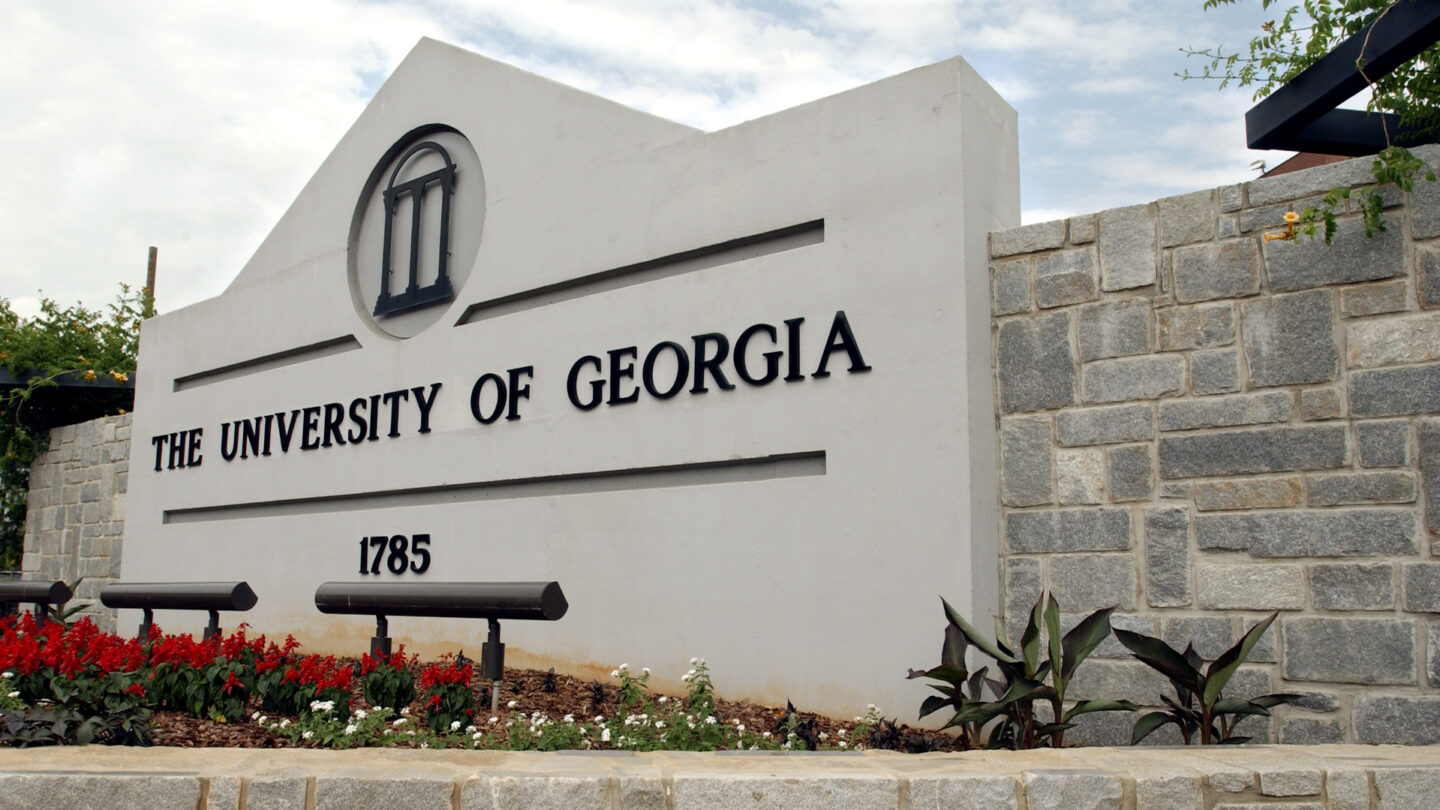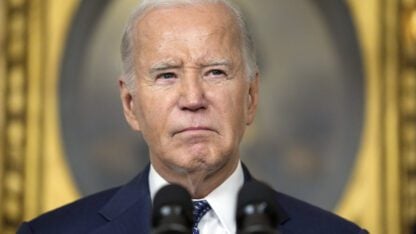All 26 of Georgia’s public universities and colleges added students this fall in the strongest enrollment surge in years.
Enrollment rose 6% statewide from fall 2023. That increase of nearly 20,000 students set a new record of nearly 365,000, surpassing last year’s previous high of 344,000.
During a Tuesday meeting in Atlanta, University System of Georgia officials told regents they believed the system had benefitted from the Georgia Match program that sends letters to high school seniors urging them to apply for admission. Also continuing to power the surge were the online master’s degree programs offered by Georgia Tech. The Atlanta university saw enrollment grow by another 11% and is now Georgia’s largest university, with more than 53,000 students.
The University System of Georgia again saw its growth outstrip students nationwide. The National Student Clearinghouse reported last month that student enrollment nationwide grew by 3%.
“That’s something that you all, all of our campuses ought to be really, really proud of,” Chancellor Sonny Perdue told regents.
Growth continues to be unbalanced, with the system’s largest schools generally growing faster than its smaller institutions. But the smaller schools have returned to growth after bleeding students during the pandemic.
The University of West Georgia, based in Carrollton, saw enrollment rise nearly 13%, the most of any school in the system.
Georgia Tech increased its student headcount by 11% and Augusta University by 10%. Georgia Southwestern State University in Americus and the College of Coastal Georgia in Brunswick each saw student numbers grow by nearly 9%.
Enrollment is especially important at the smaller schools because the system distributes much of the money that lawmakers appropriate based on enrollment and smaller schools typically don’t have big private donors or research contracts to cushion them. Thus, enrollment declines can lead to budget cuts.
Student numbers remain below fall 2019 levels at eight of the nine schools that the system classifies as state colleges, schools that typically offer both two-year and four-year degrees. Only Dalton State College in northwest Georgia has more students now than five years ago.
Enrollment rose in all four undergraduate years, among graduate students, and younger students dual-enrolled in high school and college courses.
The system saw a larger number of first-time freshmen, as it tried to buck demographic trends. The number of graduating high school seniors in Georgia is likely to fall for years beginning later in the decade, because of a decline in birthrates. The Western Interstate Commission on Higher Education has projected, based on birth rates and migration, that the number of Georgia high school students graduating in 2037 will be 12% smaller than in 2025.
The Georgia Match program is part of a nationwide trend called direct admission. The idea is to reach students who haven’t considered going to college. More than half the students who received a letter applied for admission to a public Georgia college.
Twenty-three University System of Georgia institutions are taking part. The University of Georgia, Georgia Tech, and Georgia College & State University aren’t participating because they require a standardized test and consider additional factors before offering admission.
In the system’s overall enrollment, the share of white students continued to decrease statewide, falling below 42% this year. The share of Hispanic and Asian students rose again, reflecting a diversifying Georgia population. The share of Black students rose slightly to 26%.









